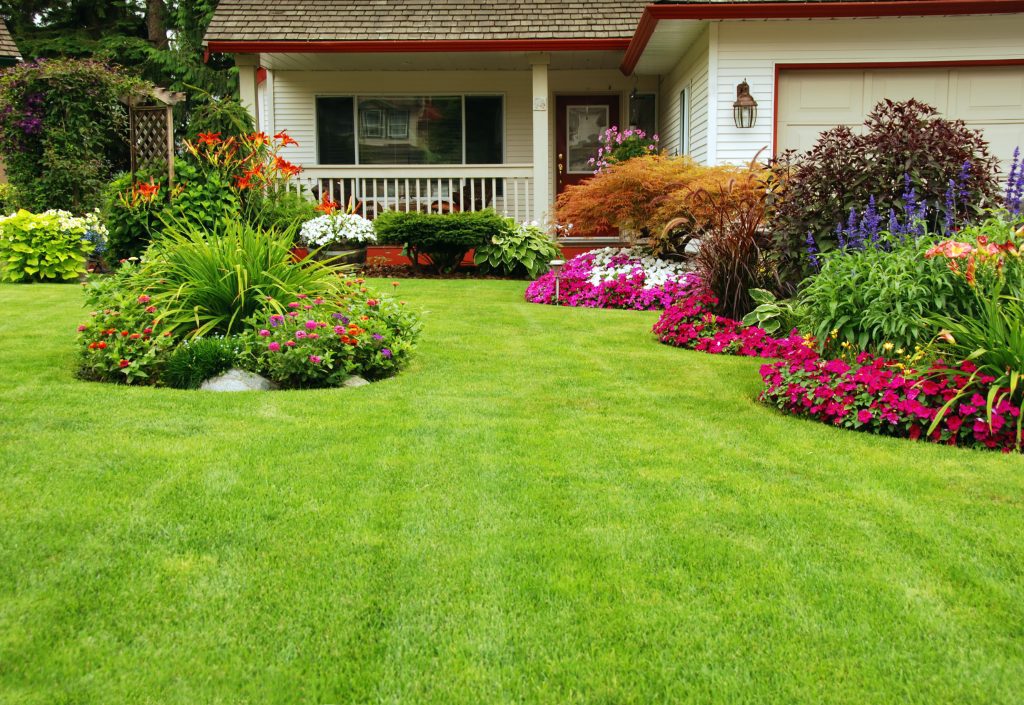With steady, scorching temperatures in Oklahoma, those with gardens, outdoor potted plants and enviable lawns may be worried about their treasured greenery dying out. Brian Jervis of the Oklahoma State Extension office offers a few tips to prevent it.
His first and most important lesson? Planning ahead.
“We should be preparing [the lawn and garden] all year to get ready for this heat,” he says. “The key is to make sure your plants are healthy before it gets hot.”
A healthy year-round lawn or garden requires a deep root system; having that thriving system allows the gardener to react to different weather conditions with less risk. That means watering for extended periods of time less often, as opposed to a small amount of time every day.
“If we water our lawn every day for five minutes, the roots will stay on top, because the water isn’t going down into the soil,” he says. “Water deeply, and the roots will grow.”
Oklahoma’s fickle weather means there isn’t a set number of days per week to water, or a set amount of time to water. It all depends on the temperature, the amount of shade your plants have, the type of greenery and other weather conditions.
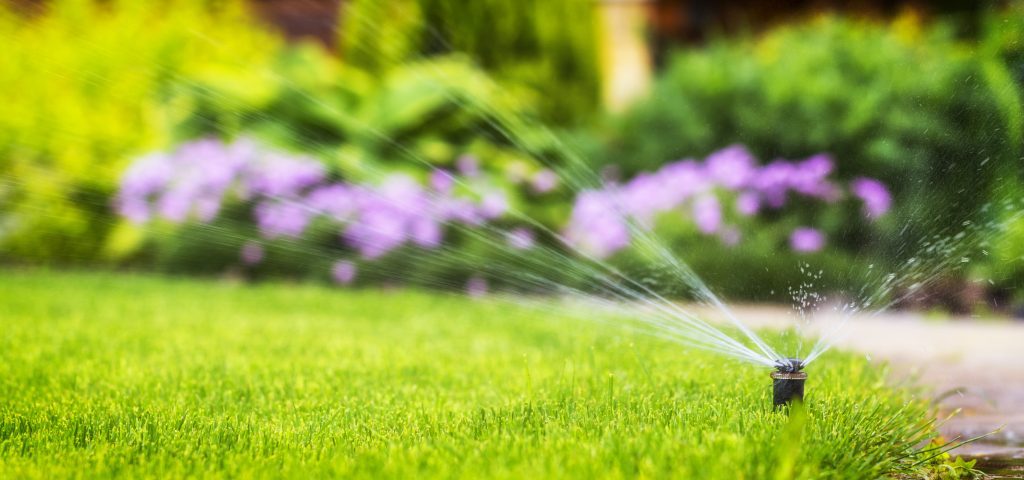 LAWN:
LAWN:
“No weather conditions are permanent,” he says. “This week, since the weather is mild, you maybe don’t even need to water your lawn all. Next week, when we get back into the high 90s, you’ll need to water your lawn between two and four times a week.”
Unless you have a fescue lawn, Jervis also believes “it’s perfectly acceptable to not water your lawn and let it brown out. When we get moisture, whether it’s from the hose or from Mother Nature, that lawn will green back up.”
The time you spend watering your lawn per day is highly dependent on the delivery method of your sprinkler system.
“Some sprinkler systems let out a mist, while some do more of a steam,” he says.
Regardless of method, he suggests getting at least a six inch soak into the lawn’s soil to ensure the roots are fed.
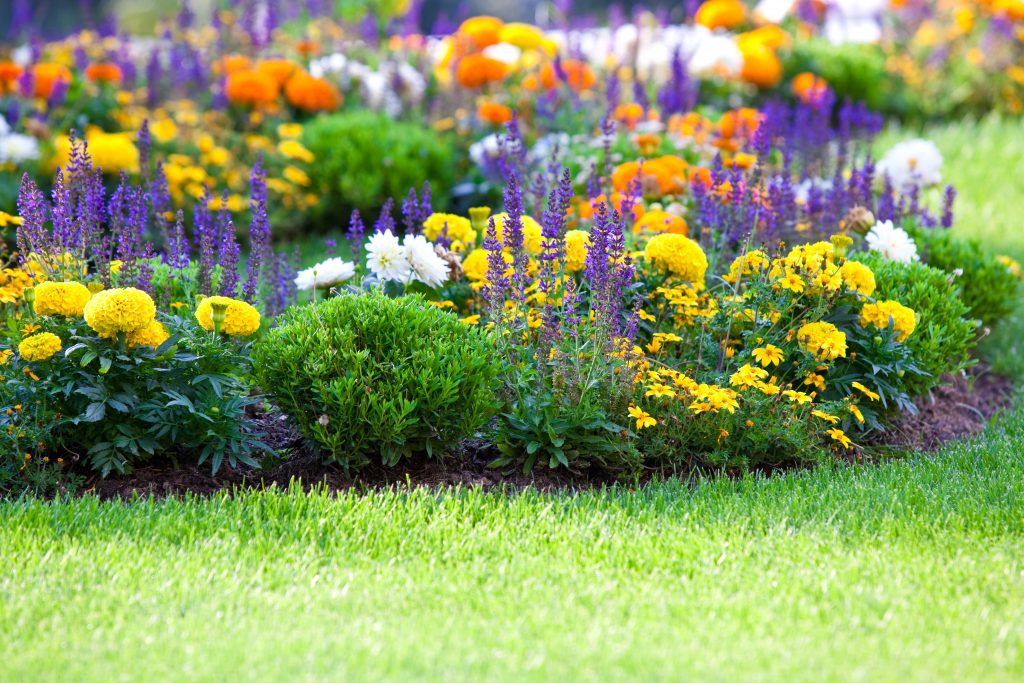 FLOWER BEDS:
FLOWER BEDS:
“Flower beds – if we’ve got them mulched in, which most do – you’re looking at watering them every 3-7 days during the heat,” he says.
For established flower beds, Jervis states that “a good, soaking water, where there is plenty of water runoff each time, is preferred.”
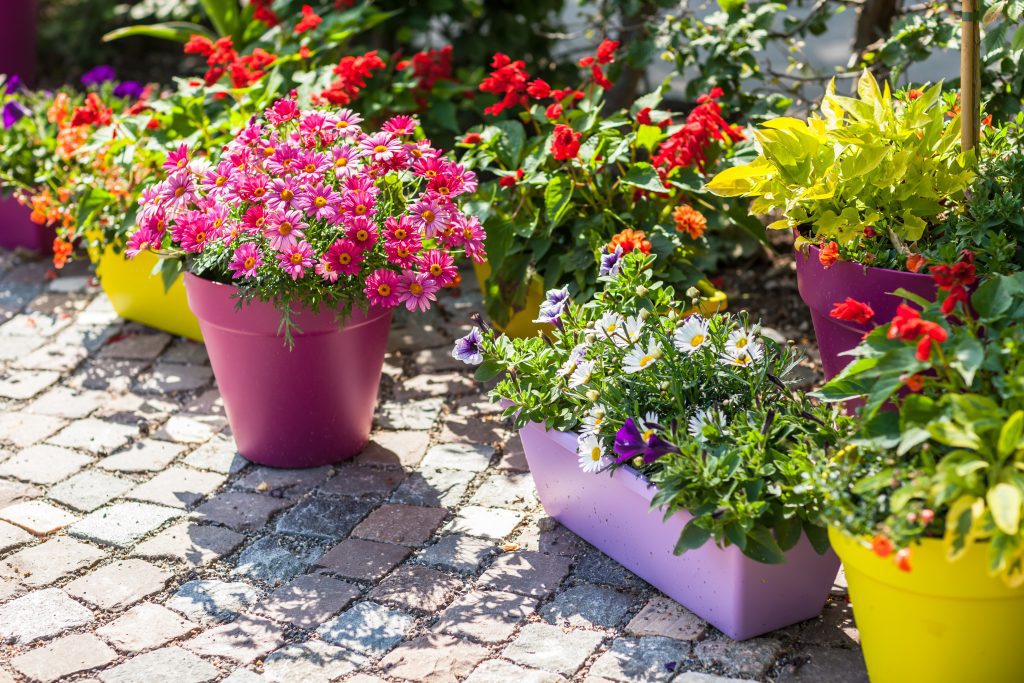 POTTED PLANTS:
POTTED PLANTS:
Potted plants, undoubtedly, require the most TLC during the summer.
“Potted plants and container plants – if they’re outside – need water every day,” he says. “Water it to the point where it comes out the bottom of the pot. That also helps flush out the salts that build up in potted plants.”
He reminds that containers in direct sunlight will dry out much quicker.
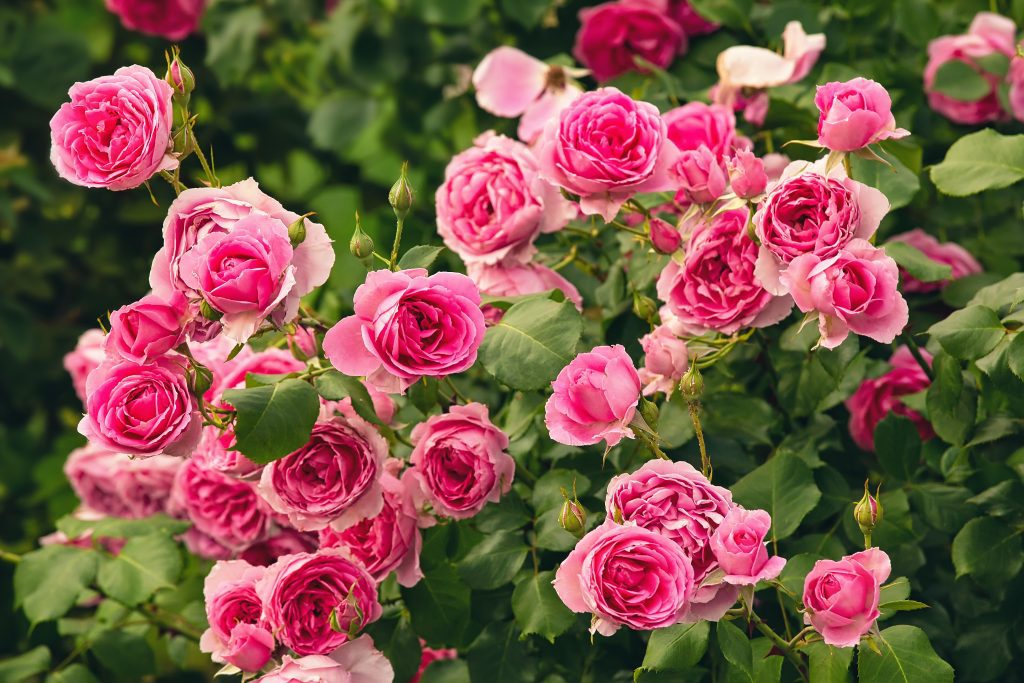 A FEW SPECIFICS:
A FEW SPECIFICS:
Potted mandevilla: Daily in this heat.
Rose bushes in pots and flower beds: Pots need it daily. In flower beds, every 3-7 days depending.
Sunpatiens in pots and flower beds: Daily in pots. In beds, every 3-7 days.
Jervis also offers a trick to ensure every plant is getting the water it needs. When planning out your garden, put plants with similar needs next to each other.
“Sometimes we put plants together that require very different amounts of water,” he says. “The ones that need less water end up dying and the ones that need more survive. Sometimes, we’re kinda lazy. It’s not always best to just turn the sprinklers on. Just plan ahead.”






















